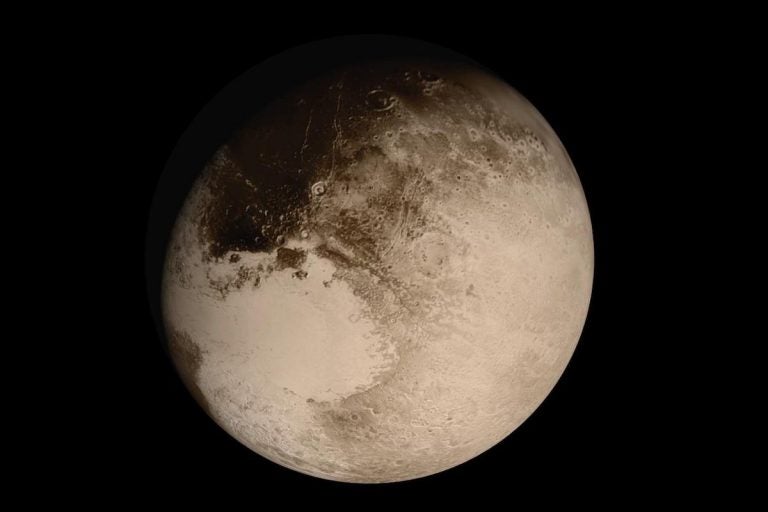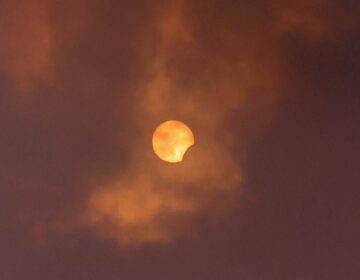Only Pluto Knows For Sure
Listen 05:43
A group of researchers, including the Principle Investigator for the New Horizons program, Alan Stern, have found that after a review of 200 years of science literature, in only one instance has the ‘clear its orbit’ requirement ever been used to define an object as a planet. Further, the new team recommends that the definition of an object as a planet be based on the formation of the object itself rather than the ‘subject-to-external-influences’ dynamics of its orbit. As the 2006 IAU definition of a planet currently stands, its not really a definition of the object itself but all about that object’s relation to orbital dynamics that could change given the right circumstances, whereas the original formation of an object is fixed once the formation is complete. The most important factor: Is the object massive enough to pull itself into a spherical shape? If so, then, according to this group, the object is massive enough to initiate active geology – like differentiation, plate tectonics volcanism, etc. That’s not to say subsequent events might alter the make-up of the object, but its process, mechanism, and location of formation would never change. What does this mean practically? Pluto’s still a planet. Why? Because regardless of whether Pluto meets the other criteria of the 2006 IAU ruling on definition, “Pluto’s active geology and dynamism is what allows for it to have an interior ocean, a multilayered atmosphere, organic compounds and evidence of ancient lakes and multiple moons.” Some scientists now suggest that based on data gathered from the new Horizons fly-by mission, that only the Earth more geologically active than Pluto in our solar system. Only Earth is more geologically complex. And many other items in our solar system besides the Big Nine may belong to that class of items also. These items ‘know’ what they are, we are about the business of educating ourselves about them so we learn how to properly address them. While the IAU may have come up with a definition, nature forces us to constantly reconsider until our description is consistent with what the universe shows us.
Want to do a little astro age dating? Here’s an easy one – relative age dating on the moon. Bright white areas on the Moon’s surface are lunar highlands; wide, darker, smooth areas are lunar maria or seas. These are actually lava-filled basins created after meteor or asteroid impact. Lunar highlands are the older parts undisturbed after billions of years; the lava-filled basins are younger – relatively. Lave filled the basins after impact and overflowed.
Sunday, September 23rd marks the first day of Autumn!
WHYY is your source for fact-based, in-depth journalism and information. As a nonprofit organization, we rely on financial support from readers like you. Please give today.




